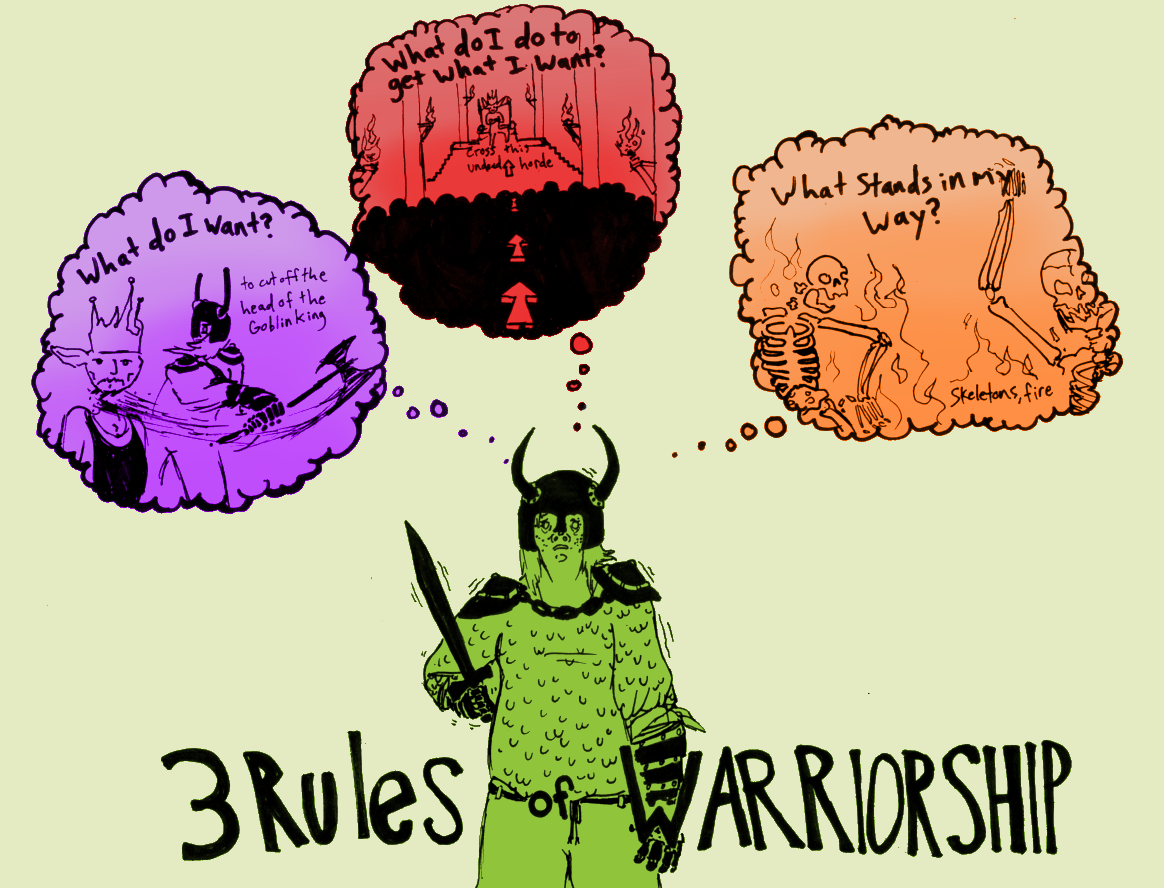Though stage combat is designed for
safety onstage, I still get very sore when I engage in the activity! Recently
we learned falls, rolls, jumps, hops, leaps and other things of that nature. As
noted in the book “Stage Combat,” by Jenn Zuko Boughn, the kinds of things that
we learn in basic stage combat such as the things I’ve listed above derive from
the Japanese word taihenjutsu which basically means “body movement techniques”
(Boughn 21). These techniques help to safely engage in stage combat.
Of course before beginning any
physical activity, you should always warm-up. There were a lot of exercises
that would help you better to prepare for falls, rolls, jumps etc. A lot of the
stretches involve working the core and strength. The pike exercise is something
that I remember doing in cross country all the time as a part of core strength.
Some yoga exercises were listed in the book as well. Yoga is a great way to
strengthen all muscles of the body while also warming them up at the same time.
In class the other day, we learned
several kinds of falls, front, back, side, and Captain Kirk. There are two
rules that we have to follow while falling (which make perfect sense). Rule 1,
getting low to the ground first. Rule 2, putting your meat on the ground, not
your bones. Another thing that I also learned about each fall is that you must
be able to reverse the effect and be in complete control otherwise you are
truly falling. I never would have thought how hard it would it would be to have
complete control of my weight the whole time, but it is for safety, and no
matter how hard it is it is important to learn. Rolls we have to apply the same
kind of techniques of being in control and knowing what parts of our body to
lay on the ground first!
With the minimal experience of stage
combat that I have had, unarmed combat is my favorite! I always thought it was
so cool to stage a fight and make it look so realistic. I was definitely one of
those kids that felt all cool for knowing how to do a stage slap. However, in
the section of unarmed stage combat, I learned different (safer) ways of doing
slaps, punches, hair pulls etc. Obviously it’s good to read about how to do
unarmed stage combat to make sure you are doing it the right way. I learned
several things in this section that I did not know about in the past.
The
Fight is the Story Presentation:
I liked how one of the very first
things mentioned were the three rules for acting. Sometimes it’s easy to forget
that these rules apply to stage combat too! In the end it is all acting and it
is crucial for each character to have an objective, tactic, and obstacle for a
scene to thrive. I was also very entertained by the many fight videos I got to
watch, some I was familiar with, others were new that were equally entertaining
an educational. I also liked learning about the different kinds of fight
scenes. In my head only two existed (comedic and dramatic), I learned that
there are more than just those two, there is also realistic, expressionistic,
abstract, and of course swashbuckling. Abstract fighting has my interest the
most simply because it is out of the norm, symbolic and dance like. I think it
would be a fun fight style to explore. This is a very good resource to start
learning about the purpose of fights and what needs to be portrayed through
them to the audience as well as learn about different styles.
Picture
for Today’s Blog:
Today, I have chosen a picture from the Wizard of Oz quoting the moment in the
movie where Dorothy, Toto, Scarecrow, and Tin man are walking through the
forest expecting to encounter lions and tigers and bears… “Oh my!” I have
chosen this image not only because I have made a spin off title for this blog
post, not even because it is one of my favorite childhood musicals, and not
even because sometimes I like to think I’m Judy Garland in present day. I chose
this picture because in this part of the movie, it is an overwhelming scary
time for them. I have chosen the title of the blog post to be a spin-off of
this part in the movie because at this point when I learned all of these rolls
and falls, and some basic unarmed stage combat skills, I am overwhelmed with
how much there is! There is a lot to remember, and my friends, I am here to
tell you, it will be so much fun!
I hope I have enlightened you today!
Picture from the movie The Wizard of Oz
The
Wizard of Oz. Dir. Fleming, Victor. MGM. 1939. Film.
















